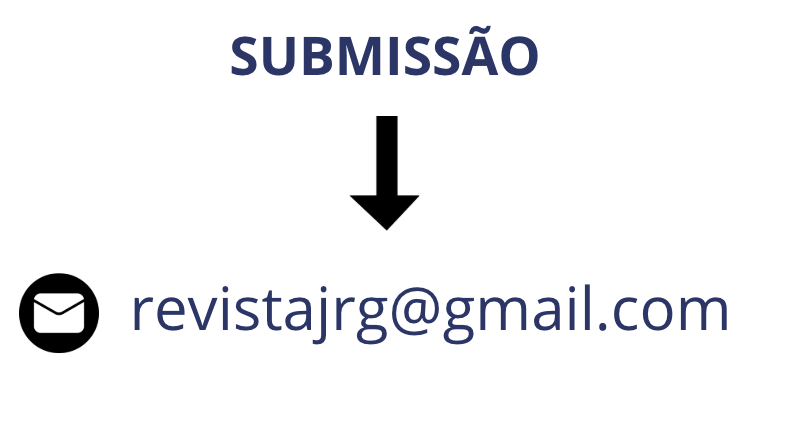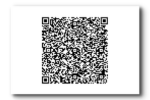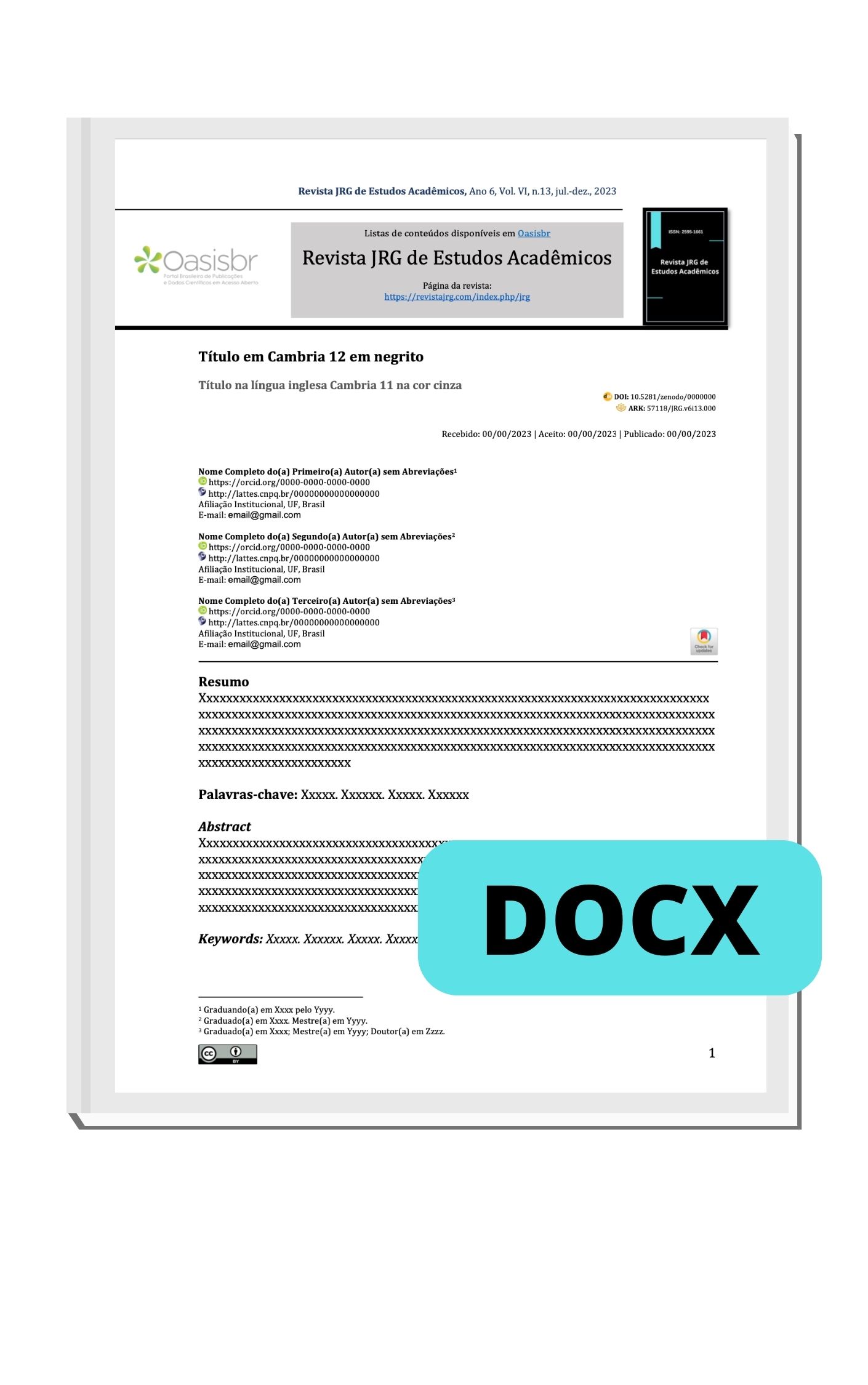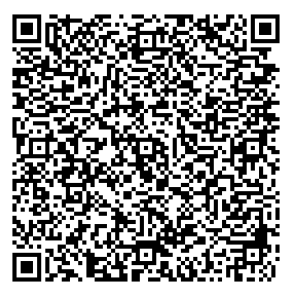HEALTH OF THE ELDERLY IN TIMES OF PANDEMIC COVID-19: NURSING CARE
DOI:
https://doi.org/10.5281/zenodo.4118417Keywords:
Health. Elderly. Coronavirus. Covid-19. Nursing team. Social isolationAbstract
With the advent of the new coronavirus, known as SARS-CoV-2, on countries it has created a daily paralysis in their activities of the population, due to the need for social isolation to slow the progress of the disease caused by the virus. The objective of this research was to identify the main weaknesses presented by the elderly, due to the isolation, imposed by the new Coronavirus. The risks of the elderly in developing more severe forms of the Coronavirus, due to comorbidity and fragility in the face of the virus infection. It is an integrative review, that is, one of the methods that seeks to analyze and synthesize in order to gather research results. The bibliographic survey was carried out on articles available on the internet, through the LILACS Latino- and SciELO databases. As a result, the risk of complications from COVID-19 increases with age, since most deaths occur in the elderly, especially those with chronic illnesses. It is concluded that, the nurse working to combat Covid-19, must promote health, care for the patient in all areas, including promoting rehabilitation in more complex cases. He is a promoter of family health. The nurse maintains direct and constant contact with the elderly patient, thus generating a responsibility, as he will advise on medications, nursing care, guidance for family members, in short, he will take care of the patient in the most different situations.
Downloads
References
.Zhang JJ, et al. Clinical characteristics of 140 patients infected by SARS-CoV-2 in Wuhan, China. Allergy. 2020. [Online ahead of print] doi:10.1111/all.14238
Zhang JJ, Dong X, Cao YY, Yuan YD, Yang YB, Yan YQ, et al. Clinical characteristics of 140 patients infected by SARS-CoV-2 in Wuhan, China. Allergy. 2020. [Online ahead of print] doi:10.1111/all.14238
Organizacao Pan-Americana da Saude (OPAS). OMS afirma que COVID-19 e agora caracterizada como pandemia [acesso em 27 mar 2020]. Disponível em: https://www.paho.org/bra/index. php?option=com_content&view=article&id=6120:omsafirma-que-covid-19-e-agora-caracterizada-comopandemia&Itemid=812
World Health Organization. Coronavirus di¬sease (COVID-19) pandemic. https://www. who.int/emergencies/diseases/novel-coronavi rus-2019 (acessado em 19/Mar/2020).
.Chen N et al. Epidemiological and clinical characteristics of 99 cases of 2019 novel coronavirus pneumonia in Wuhan, China: a descriptive study. Lancet. [Internet]. 2020[cited 2020 Apr 20];395(1):507-13. Available from: https://www.thelancet.com/action/showPdf?pii=S0140-6736%2820%2930211-7
Agência Nacional de Vigilância Sanitária (ANVISA). Orientações para serviços de saúde: medidas de prevenção e controle que devem ser adotadas durante a assistência aos casos suspeitos ou confirmados de infecção pelo novo Coronavírus (SARS-COV-2). [Internet]. 2020[acesso em 2020 abr 20]. Disponível em: http://portal.anvisa.gov.br/documents/33852/271858/NOTA+T%C3%89CNICA+N%C2%BA+05-2020+GVIMS-GGTES-ANVISA+
Yuzhen Z, Jiang B, Yuan J, Tao Y. The impact of social distancing and epicenter lockdown on the COVID-19 epidemic in mainland China: a data-driven SEIQR model study. Medrxiv [Internet]. Preprint. 2020[cited 2020 Apr 20];DOI: 10.1101/2020.03.04.20031187. Available from: https://www.medrxiv.org/content/10.1101/2020.03.04.20031187v1.full.pdf
Gallasch CH, Cunha ML, Pereira LAS, Junior JSS. Prevention related to the occupational exposure of health professionals workers in the COVID-19 scenario. Rev. enferm. UERJ. [Internet]. 2020[cited 2020 Apr 20]; 28:e49596. Available from: https://www.e-publicacoes.uerj.br/index.php/enfermagemuerj/article/view/49596/33146
Nunes, Vilani Medeiros de Araújo Nunes et al. COVID-19 e o cuidado de idosos: recomendações para instituições de longa permanência. Natal: EDUFRN, 2020.
Roman AR, Friedlander MR. Revisão integrativa de pesquisa aplicada à enfermagem. Cogitare Enferm. 1998 Jul-Dez; 3(2):109-12
Ministério da Saúde (BR). Secretaria de Vigilância em Saúde. Boletim Epidemiológico. Doença pelo Coronavírus 2019. [Internet]. Brasília: Ministério da Saúde; 2020. [acesso em 04 abr 2020]. Disponível em: https://portalarquivos.saude.gov.br/images/pdf/2020/April/03/BE6-Boletim-Especial-do-COE.pdf
Valença TDC et al. Deficiência física na velhice: um estudo estrutural das representações sociais. Esc. Anna Nery. [Internet]. 2017. [acesso em 05 abr 2020]; 21(1). Disponível em: http://www.scielo.br/scielo.php?script=sci_arttext&pid=S1414- 81452017000100208&lng=pt&nrm=iso
Goldani AM. “Ageism” in Brazil: what is it? who does it? what to do with it?. Rev. bras. estud. popul. [Internet]. 2010. [acesso em 05 abr 2020]; 27(2). Disponível em: http://www.scielo.br/scielo.php?script=sci_arttext&pid=S010230982010000200009&l=en&nrm=iso
Wu, B. Isolamento social e solidão entre os idosos no contexto do COVID-19: um desafio global. glob health res policy 5, 27 (2020). Disponivel em: https://doi.org/10.1186/s41256-020-00154-3
Instituto Nacional de Excelência em Saúde e Cuidados (NICE), em colaboração com o NHS England e o NHS Improvement. Gerenciando os sintomas do COVID-19 (inclusive no final da vida) na comunidade: resumo das diretrizes do NICE. BMJ. 2020; 369: m1461. PMID: 32312715; doi: 10.1136 / bmj.m1461.
Baker E, Clark LL. Biopsychopharmacosocial approach to assess impact of social distancing and isolation on mental health in older adults. Br J Community Nurs. 2020;25(5):231-238. Disponivel em: doi:10.12968/bjcn.2020.25.5.231
Costa SMM. Mais além da vida orgânica: a convivência como prevenção do isolamento social dos idosos e de promoção da saúde. Instituto Oswaldo Cruz. 2019, Rio de Janeiro. Disponível em: https://www.arca.fiocruz.br/bitstream/icict/39502/2/silvia_costa_ioc_mest_2019.pdf
Smith BJ, Lim MH. Como a pandemia COVID-19 está chamando atenção para a solidão e o isolamento social. Public Health Res Pract. 2020; 30 (2): e3022008.
Fakoya, OA, McCorry, NK & Donnelly, M. Solidão e intervenções de isolamento social para adultos mais velhos: uma revisão de escopo de revisões. BMC Public Health 20, 129 (2020). Disponivel em: https://doi.org/10.1186/s12889-020-8251-6
Noone C et al. Video calls for reducing social isolation and loneliness in older people: a rapid review. Cochrane Database Syst Rev. 2020;5(5):CD013632. 2020, maio. Disponivel em: doi:10.1002/14651858.CD013632
Eghtesadi M. Breaking Social Isolation Amidst COVID-19: A Viewpoint on Improving Access to Technology in Long‐Term Care Facilities. J Am Geriatr Soc, maio de 2020; 68 (5): 949-950iso.
Myers L et al. Características de adultos hospitalizados com COVID-19 em um sistema integrado de saúde na Califórnia. JAMA. 2020; 323 (21): 2195‐8. PMID: 32329797; doi: 10.1001 / jama.2020.7202.
Ferguson J et al. Características e resultados de pacientes com doença de coronavírus em condições não emergenciais, norte da Califórnia, EUA, março a abril de 2020 [publicado on-line antes da impressão, 2020 em 14 de maio]. Emerg Infect Dis. 2020; 26 (8): 10.3201 / eid2608.201776. PMID: 32407284; doi: 10.3201 / eid2608.201776.











































